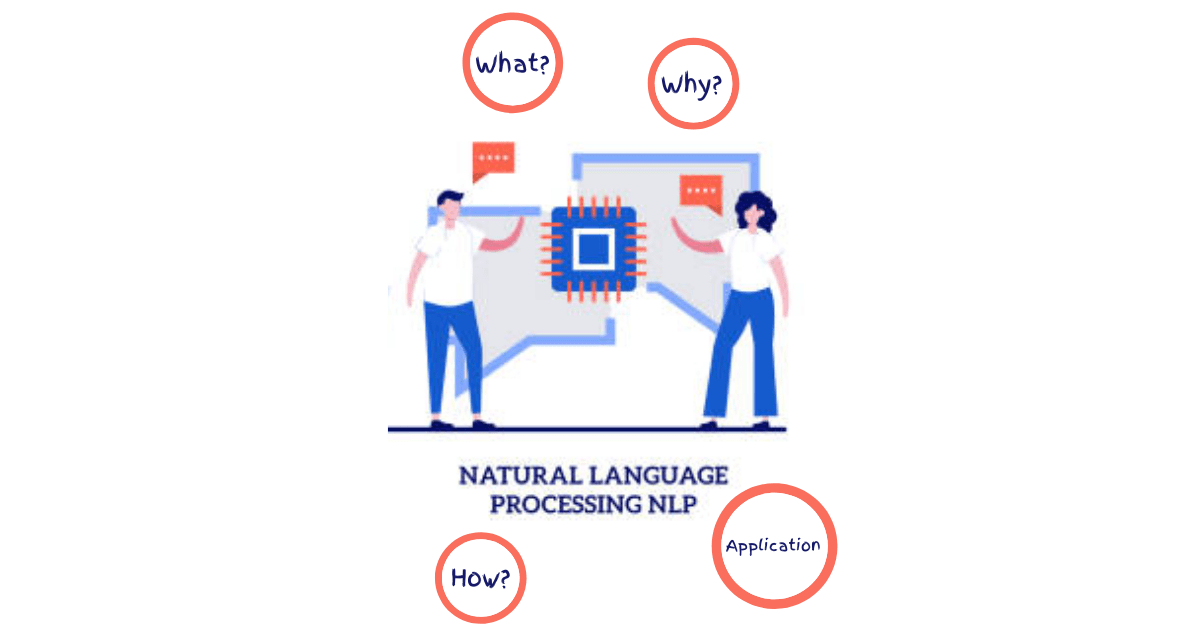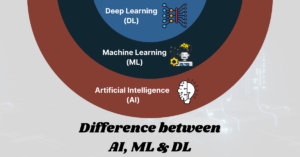What is Natural Language Processing?
Natural language processing (NLP) is a branch of artificial intelligence that helps computers understand, interpret, and manipulate human language. NLP helps to fill the gap between human communication and computer understanding. It depends on various disciplines, including computer science and computational linguistics. Developers can use NLP to gather and structure data to accomplish tasks like translation, image recognition, connection extraction, audio recognition, and topic segmentation.
Why is Natural Language Processing important?
- NLP is important because it helps resolve linguistic uncertainty and gives helpful numerical structure to data for many downstream applications, such as speech recognition and text analytics.
- While supervised and unsupervised learning, and deep learning, are now popularly used to mimic human language, there is still a requirement for syntactic and semantic understanding and domain expertise, which current machine-learning approaches do not always provide. NLP can also help with that.
- Natural language processing enables computers to speak with humans in their language and perform other linguistic tasks. NLP, for example, allows computers to read text, listen to the voice, analyze it, measure sentiment, and identify which parts of the text or speech are essential.
- Nowadays, NLP machines help interpret more language-based data than people consistently and unbiasedly without becoming tired.
How does NLP work?
Natural language processing includes various methods for analyzing human language, including statistical and machine-learning techniques and rules-based and algorithmic approaches. Both text- and voice-based data, and also practical applications, require a diverse set of guidelines. Machine learning algorithms use NLP algorithms. Instead of manually coding extensive rules, NLP can use machine learning to learn these principles to evaluate patterns. (e.g., an extensive library, such as a book, and breaking it down into a collection of phrases) and forming a statistical conclusion.
Applications of Natural Language Processing
Autocorrect and Autofill
Search engines are used daily by people. After typing 2-3 letters into Google, it displays a list of potential search terms. Likewise, if you search for something with typos, it corrects them while still returning relevant results. This entire process is an example of NLP in action. Many large corporations have now adopted this procedure. Yahoo, Facebook, and Quora have begun to use NLP features.
Machine Translator
Machine Translation automatically converts text from one language to another while keeping the meaning intact. We frequently use Google Translate to define a specific word or phrase in a different language. NLP is the technique used in this process.
Feedbacks
To determine a customer review about a product, the company often conducts surveys to collect feedback to improve the product in response. Social media is a good place for it. People use social media to post reviews, but no company can read through every social media post to look for criticism because it requires time and effort. NLP categorizes each post as positive or negative and converts data into a structured form. The categorization makes it easier for the organization to evaluate the feedback of their product.
Chatbots
Many businesses now use chatbots to answer simple client questions in their applications and websites. It makes the procedure easier for businesses and saves customers from the stress of waiting to speak with customer service.
It can also lower the cost of hiring contact center personnel for the organization. Initially, chatbots were only to answer client questions, but they have already evolved into a personal companion. Chatbots may do everything from proposing a product to seeking consumer feedback.
Grammar Checkers
The most widely used natural language processing application is a Grammar checker, for example, Grammarly, which has various features that help create better content. These technologies can help to improve content readability and engagement by correcting grammar and spelling, suggesting better synonyms, and presenting content with greater clarity and engagement. They also enhance the readability of data to deliver your message in the best way possible.
Natural Language Processing in Healthcare
NLP can help in the processing of data from various patients. Different patients have different diseases; with the help of NLP, the symptoms and disease relation can be predicted. For example, if a hospital has data on many heart patients, and each patient has a medical history of high blood pressure, NLP can help determine that high blood pressure is a cause of heart disease. Similarly, if every patient is consulting or complaining about the same problem, NLP will conclude that a viral illness may cause it. Every patient wants specific care during treatment, which requires time. NLP has the potential to tackle this issue while also saving doctors time.
Conclusion
Natural Language Processing and many other applications contribute to the revolution. It is one of the most hotly debated topics in data science. Companies are investing much in this field of research. Everyone attempts to understand Natural Language Processing and its applications to build a career around it. Every company wants to incorporate it into its operations in some way. Because, in just a few years, natural language processing has grown into something so powerful and influential that no one could have predicted.




